Dong Ba Market
Dong Ba Market is the biggest commercial center of Thua Thien – Hue province and the adjacent regions.
Location & History
Before the establishment of Dong Ba Market, there was a prominent market called Qui Gia Thi located outside of Chanh Dong Gate during the reign of King Gia Long. The name Qui Gia Thi signified the return of the Nguyen Dynasty to Phu Xuan (present-day Hue). In the summer of 1885, the capital city faced an attack, resulting in Qui Gia Thi Market being reduced to ashes. It wasn't until 1887 that King Dong Khanh rebuilt the market and renamed it Dong Ba Market. From that point on, the market has served as a vital supply of food for royal palaces, hospitals, military camps, and national universities including Quoc Hoc, Dong Khanh, Binh Linh, and Thien Huu. In 1899, amid a Western-style renovation project initiated by King Thanh Thai, the market was relocated to its current position. Despite undergoing several renovations since the early 20th century, Dong Ba Market has retained many of its historical characteristics.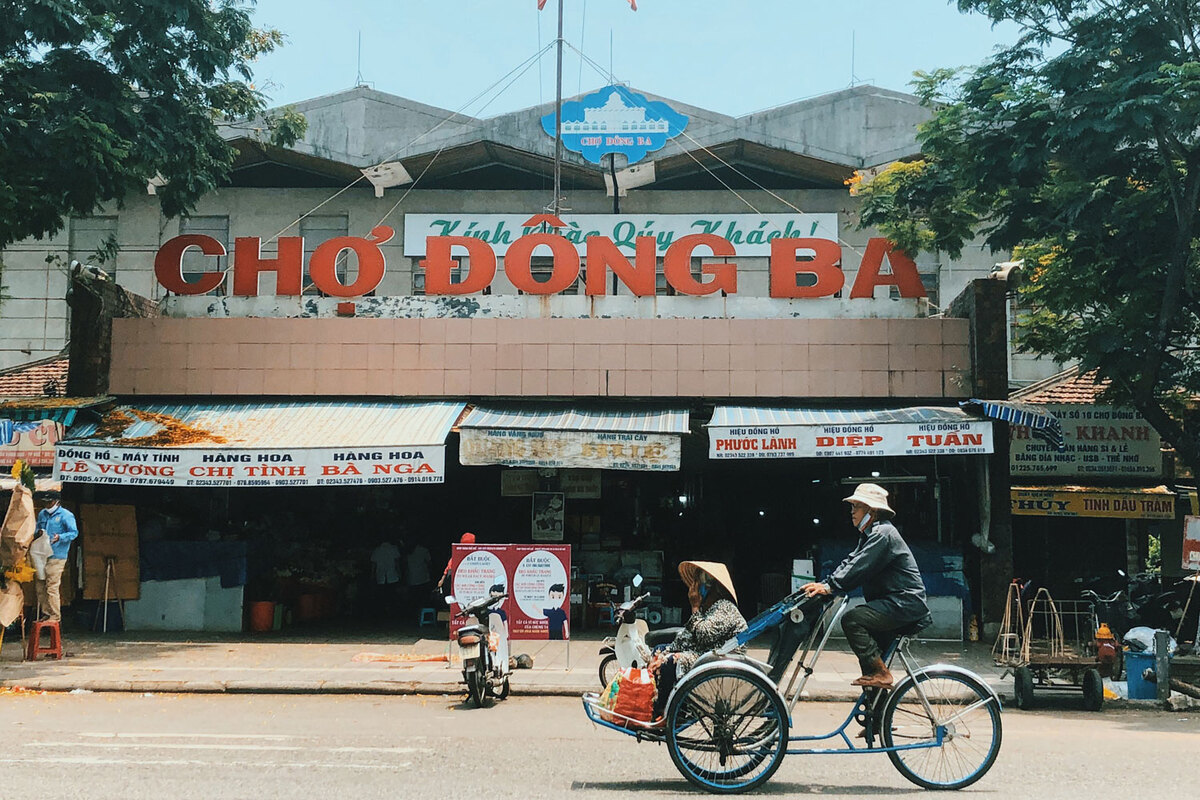 Photo: vietnamexpress.net
Photo: vietnamexpress.net
What To See
Visitors to Dong Ba Market can easily identify the historic bell tower standing prominently amidst the array of structures. The market now comprises nine modern buildings and four distinct sections, which cater to various goods such as seafood and clothing, covering an expansive area of approximately 16,000 m².
While the architecture may not be the main highlight, the vibrant atmosphere and the daily rhythm of the market certainly are. Like many Vietnamese markets, Dong Ba is divided into sections based on product types, with the entire upper floor dedicated to garments and clothing.
What To Buy
Dong Ba Market is renowned for housing the most unique cultural gifts and souvenirs from Thua Thien Hue. Items found here include "non la bai tho" (poem-embroidered conical hats) crafted from latanier leaves hailing from Phu Cam Village, sweet treats like me xung (candies), Truoi berries, Tuan tea, tom chua (Hue Sour Shrimp), and lotus seeds from Tinh Tam Lake. Traditional dishes such as mussel rice, beef vermicelli, and leaf cakes are also available for purchase.
Dong Ba Market is reputed to be the go-to place for experiencing the culinary delights of Hue, particularly through its food courts, which maintain high-quality standards. Don't miss the opportunity to sample street food from vendors located on the ground level of the market (under the stairs)—these offerings are highly praised.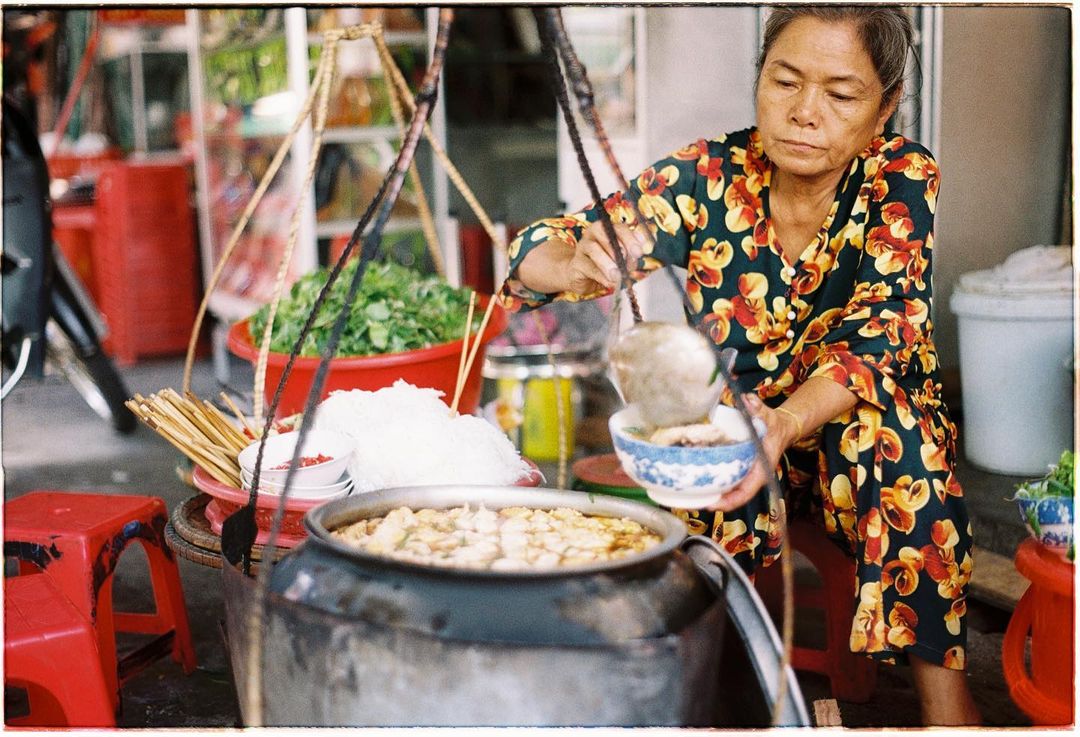 Photo by @tauhutien
Photo by @tauhutien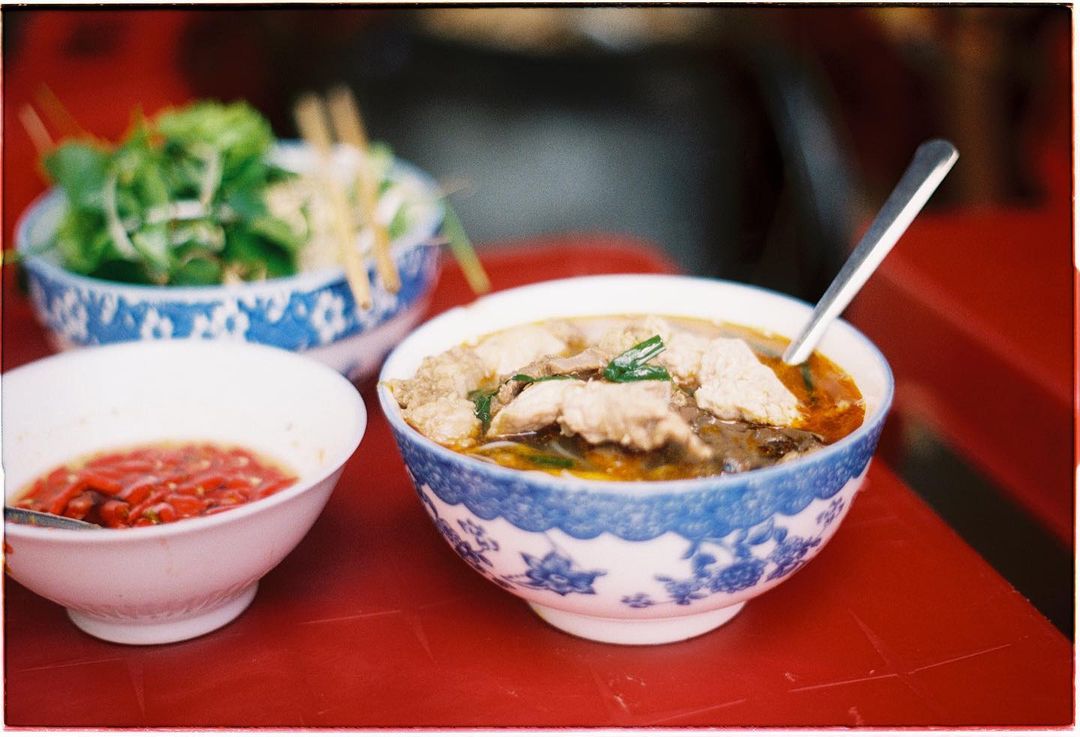 Photo by @linhks92
Photo by @linhks92
Today, Dong Ba Market continues to play a pivotal role in the economy and trade of Hue, even as numerous supermarkets have opened in the area. Beyond serving as a source for food and goods, it is a must-visit for tourists looking to explore traditional trading practices and purchase local specialties.
For more information on shopping in Hue, click here.
Bargaining At The Market
Bargaining is a key aspect of the shopping experience at Dong Ba Market—a skill even locals have to master. While few vendors speak fluent English, they can usually communicate numbers and use calculators. A good starting point for negotiations is about half the asking price, especially for foreign visitors. Buying in bulk can also yield better deals. For those who are skilled negotiators, Dong Ba Market presents an opportunity to secure the best prices, given Hue's relatively low cost of living. To learn more about effective bargaining strategies in Vietnam, click here.
When To Get There
The market begins buzzing with activity early in the morning. Starting around 3:00 AM, vendors, especially those selling food, begin to arrive. The morning scene of buying and selling in the soft light creates a unique atmosphere, providing local residents with the chance to purchase the freshest ingredients at lower prices. The market operates all day, closing at 8:30 PM.
On average, Dong Ba Market sees between 5,000 to 7,000 visitors daily, with numbers potentially doubling during major holidays. These occasions bring an exciting vibrancy to the market, although tourists should remain vigilant against pickpockets. Additionally, it's advisable to avoid visiting on the first day of the Lunar New Year, as most shops will be closed. Normal operations resume fully after the third day of the New Year festivities.
How To Get There
There is a bus station within the market complex where tourist buses commonly stop, making it convenient to reach Dong Ba Market by bus or car. For a more unique experience, consider arriving by cyclo. Some locals even travel by boat from Vi Da Boat Station, which can be an enjoyable journey, although tourists should be cautious, as safety standards may not be guaranteed.
Useful Information
- Location: Dong Ba Market, Hue
- Best for: Family, couple, solo
- Entrance: Free
- Hours: 3:00AM - 8:30PM
- Distance to city center: 1.0km (0.6 mi)
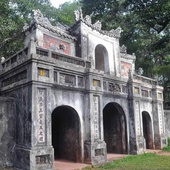
Tu Hieu Pagoda
In Hue - one of Vietnam's most sacred lands of Buddhism, Tu Hieu is regarded as the largest and oldest pagoda, and also a famous sightseeing spot with historical and cultural value.
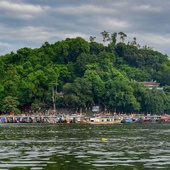
Hon Chen Temple
Hon Chen Temple is situated on a lovely slope of Ngoc Tran Mountain, 10km upstream from Hue Centre. The name “Ngoc Tran'' means Pearl Bowl, originating from the bowl-shape of the mountain. That also gives the temple its name: Hon Chen.
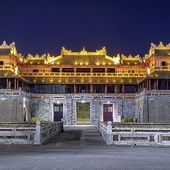
Hue Imperial Citadel
Famously being one of Vietnam’s seven UNESCO World Heritage Sites, the Imperial City of Hue has long been a must-see attraction for tourists visiting a hidden charm of Vietnam.








